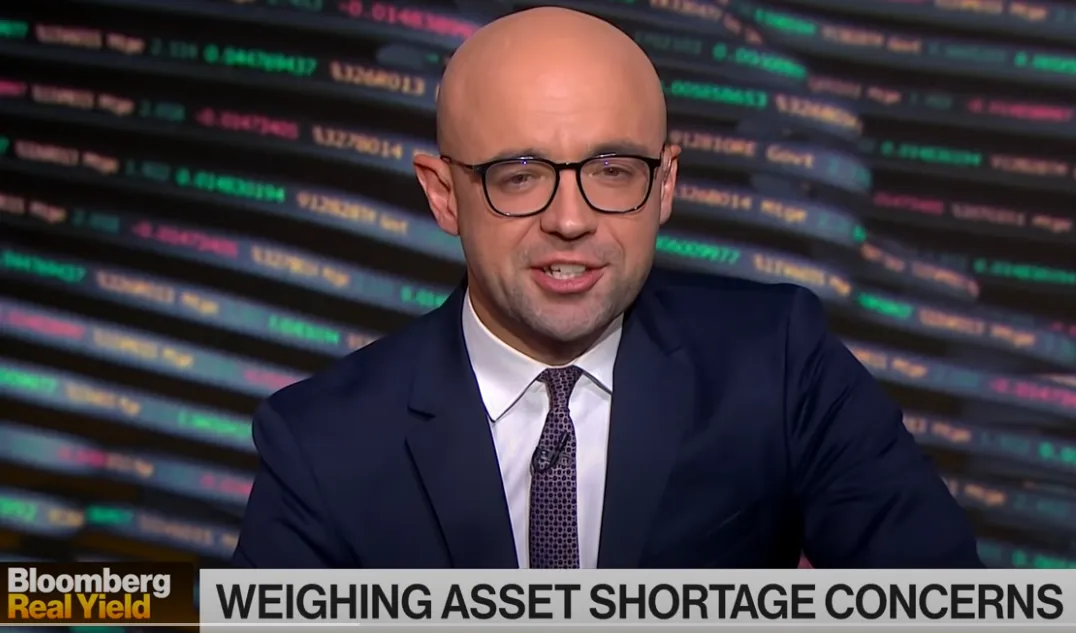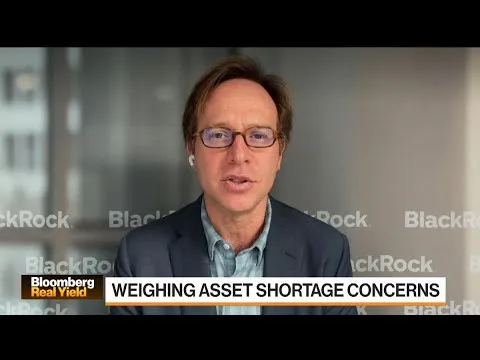
The term yield curve refers to the relationship between the short- and long-term interest rates of fixed-income securities issued by the U.S. Treasury. The slope of this curve, known as its slope angle, reflects the expected value of the bond.
Bond market investors and traders attempt to determine which way the yield curve will move by assessing how long it will take to reach the current price levels for different maturities. When an investment's potential returns are known, these participants decide whether to sell or buy. Traders use the current short-term interest rates to make buying decisions, while deciding when to sell. When the market is bullish or indicating high investor sentiment, selling should be more frequent than buying. On the flip side, when the market is bearish or indicating low investor sentiment, buying should be less frequent.
Bond market investors and traders use various techniques to determine the market's state. These tools or data include past economic growth, economic data analysis, and historical data on bond market performance. To help provide direction for predicting the future yield curves, many economists use economic growth as an indicator to determine whether a country will go through economic inflation or inflation.
Here are some fun facts:
Copper is up 15% this week.
Crude is up 20% in 2021.
Wheat is up 15% since December.
Lumber is up 50% year to date.
Video Source: https://www.youtube.com/channel/UCIALMKvObZNtJ6AmdCLP7Lg/videos
